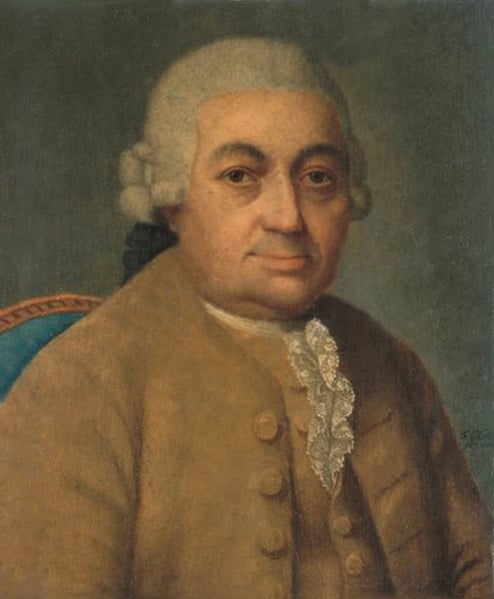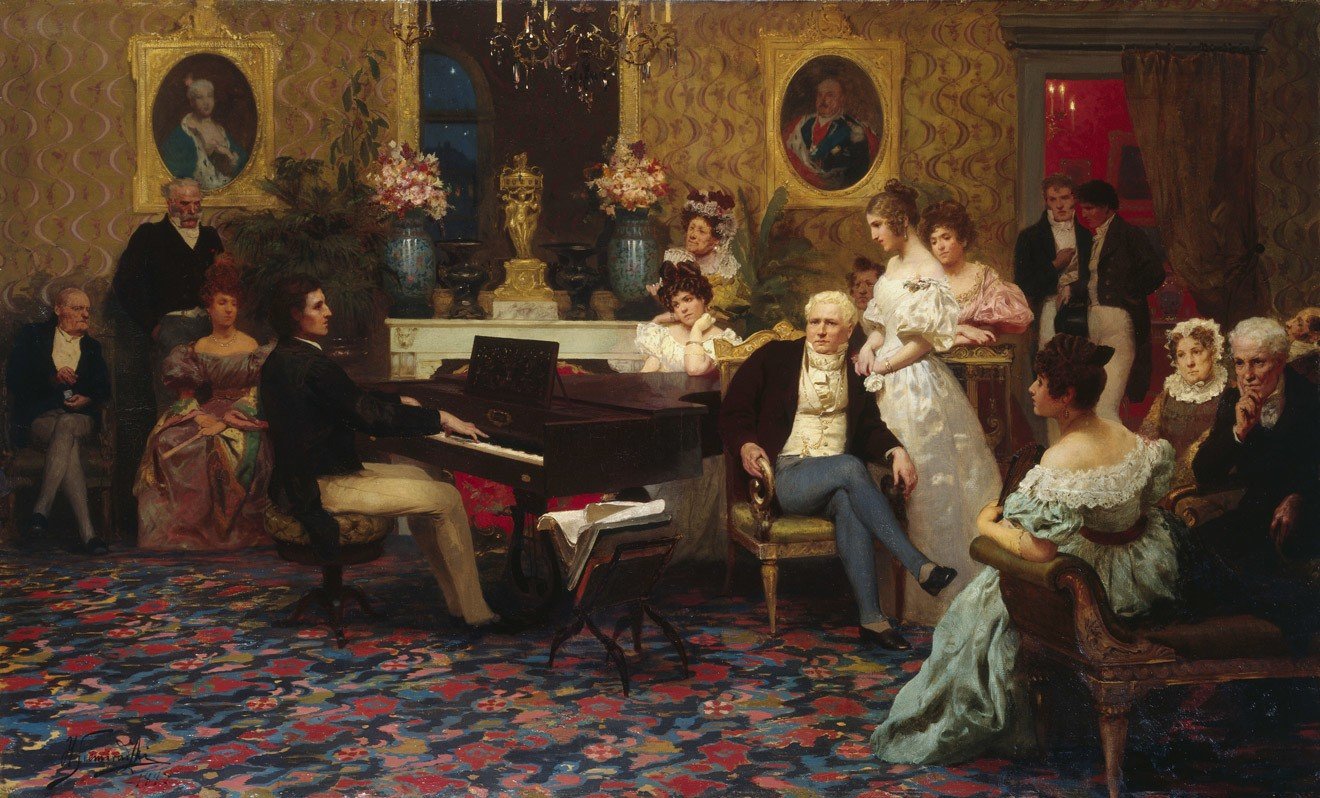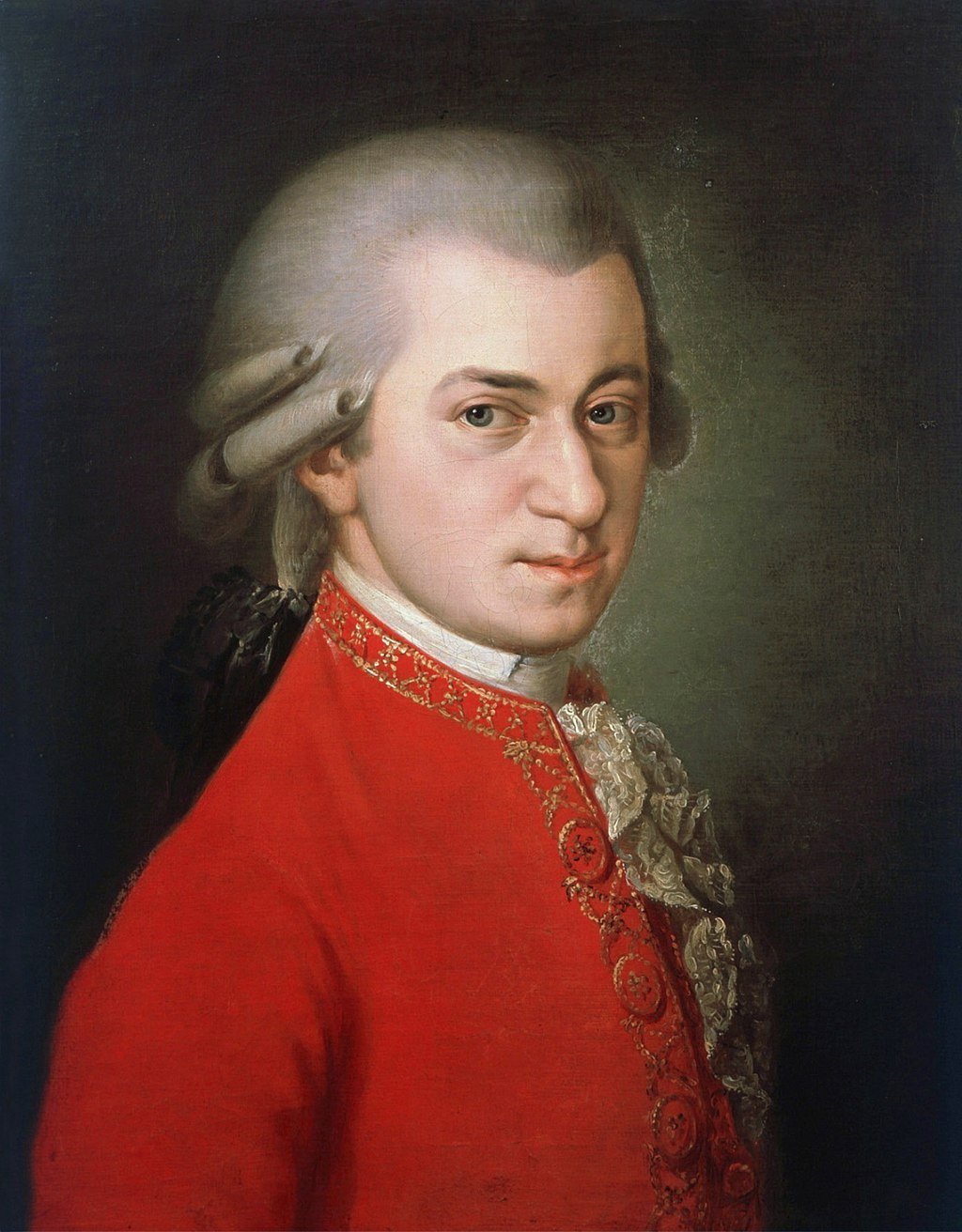Classical music is some of the most beautiful music out there. And to play music the way it was intended to sound hundreds of years ago feels particularly spectacular.
We know many of you get into piano because you love classical music — so do we! But classical piano can be intimidating. The good news is there are many classical pieces that sound complicated but aren’t too challenging.
We’ve picked five classical pieces for you to learn in order of difficulty. These pieces will require some practice, but they are doable. And while some of them sound difficult, they are essentially built up of scales, triads, and other patterns you’re probably already practicing.
We’ll go through each song and give you tips to tackle them.

Love classical music but not sure where to start? Head over to Classical Piano Quick Start, four free lessons designed for beginners taught by Victoria Theodore. Victoria is a classically trained pianist with degrees from Oberlin College and Stanford University. She has also shared the stage with stars like Beyoncé, Stevie Wonder, Prince, and more. Start your classical journey with Victoria today!
Despite being beginner-friendly, “Minuet in G Minor” has a sophisticated sound.
The neat thing about Baroque music is that composers allowed room for performers to put their own spin on things. So feel free to play ornamentations (like trills) with your own personal flair.
Our tips for this song:
Tip #1: Work on four bars at a time, hands separate then together. I love that this piece is organized evenly into four-bar phrases. Each phrase feels complete, making it enjoyable to practice in bite-size chunks.
Tip #2: This is a Baroque piece, which means the notes should be played detached, not legato. In other words, avoid smoothly connecting the notes together and play almost staccato. Playing like this can help you develop technique and hand independence.

This sonatina (little sonata) sounds grand and impressive. But it’s almost entirely based on scales and triad inversions. This proves that all that time you spend practicing your warm-up exercises are worth it! 😉

Now, tips!
Tip #1: Practice your triad inversions in C Major. It’s the perfect way to warm up to this piece because much of it is built on inversion shapes.
Tip #2: Focus on accuracy in your left hand because there’s a lovely Alberti bass that carries the song. But be careful about dynamic control because you don’t want the left hand to overshadow the right. One way to approach this is to think of each hand as a vocalist performing its own part.
If you like to play fast, this is the piece for you! It sounds really impressive and challenging, but it’s actually not that bad once you get comfortable with the key of C Minor (three flats).
Plus, the hands take turns playing one after the other for most of the piece so you don’t have to worry about hand independence that much.
Our tips for this one:
Tip #1: Start slow. The only way to get fast is to start slow. Build your speed up gradually and focus on being accurate and consistent. Set your metronome to a tempo you’re comfortable with and don’t increase your speed until you can nail your current tempo.
Tip #2: Practice your scales and arpeggios in C Minor. Trust me — it’ll help you so much with this piece!

If you love classical piano, you know that playing Chopin is a rite of passage.
Many Chopin pieces are quite advanced, but “Waltz in A Minor” is perfect for intermediate-level players. And it doesn’t sound “easy” at all. There’s an impressive arpeggio sweep in the middle and the melody is SO romantic and beautiful. Indeed, there are many opportunities here to get dramatic and expressive!

Our tip for this one: Memorize that left hand. The left hand moves over quite a large distance in this piece, so work on tackling the accuracy of hitting these notes first. And by memorizing it, you can then focus on shaping those beautiful melodies on your right hand.
🔥🎹 HOT TIP! If Waltz in A Minor is a little too difficult for you right now, try “Prelude in E Minor” first. You might remember this piece from the award-winning film The Pianist.We’ve arrived at our final and most advanced piece!
Sonata in C Major is like a workout for your hands. Scales! Arpeggios! Trills! This piece has it all, from dramatic moments to sweet moments and everything in between. You’ll definitely develop your dexterity and endurance with this piece.
This piece is the most advanced one on our list, and it sounds impressive, but when broken down, it’s really built from patterns you probably already know. Here are our tips:

Tip #1: Practice your scales! What you can do is pick out the scale patterns, determine their keys, and practice scales in those keys until you’re comfortable with them. If scales make you yawn, here are some fun, innovative ways to practice them.
Tip #2: Remember that you don’t have to start from the very beginning of a song when you learn it. Find the most challenging sections and start there. Use your time effectively!
Tip #3: Watch out for surprises. There are some modulations into other keys and surprise sharps and flats in this one. There’s no shame in highlighting these on your sheet music to remind yourself.
Finally, you can do this! I know this piece sounds challenging, and it might take some time, but it can be done. And if you’ve been practicing those core skills like scales and arpeggios, I promise you, they’re worth it!
📜🎹 HISTORY BITE: There’s a reason why Classical composers name their music after numbers and keys. During the Classical period (approximately 1750-1825), something called absolute music was trendy. Composers wanted to write music in its purest form and not associate it with art, religion, poetry, or other disciplines. This trend would fall out of favor during the Romantic period.There you have it: five classical pieces to learn, from easiest to hardest! Remember: start slow, be kind to yourself, take challenges one step at a time, and don’t forget to have fun!
Lisa Witt has been teaching piano for more than 20 years and in that time has helped hundreds of students learn to play the songs they love. Lisa received classical piano training through the Royal Conservatory of Music, but she has since embraced popular music and playing by ear in order to accompany herself and others. Learn more about Lisa.
/marketing/pianote/promos/april/banner-bg-m.webp)
We use cookies for traffic data and advertising. Cookie Policy »
/marketing/pianote/promos/april/banner-title.webp)